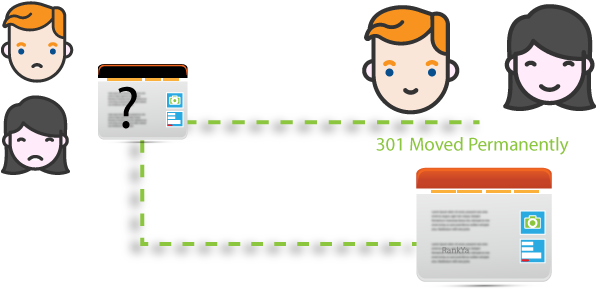In terms of Search Engine Optimization (SEO), 301 redirects can become rather important depending on what URL you want to use it on.
301 Moved Permanently response headers are important in a sense that if Google search engine bot tries to visit the old URL but can not find it, then, it can not show the old URL it has indexed.
Furthermore, without sending 301 Moved Permanently response status to any URL that changed location, any ranking calculation used by Google through following backlinks will also be ignored (hence, this can mean lower Google rankings).
Ideally, when we think of how 301 redirects affect SEO, we have to first think of a real person following links on external sites. That means, if the visitor presses on a link on some external site, and then visits your website, but can not find that link (perhaps they see 404 Page Not Found Response) (because you have moved the URL elsewhere on your site), this will 110% provide bad user experience for that person. Because the link-chain is broken. Since Google evaluates user experience, 301 redirection will affect SEO as well.
How Many 301 Redirects are Too Many
There is no magic number for us to say this many 301 redirects are too many because you can redirect as many URLs as required. What you have to consider here is the server resources. Meaning, if you have let’s say on a typical web server
- 10000+ 301 redirection rules (whether you used apache .htaccess RewriteRule or whether you set PHP header 301 Moved Permanently rules)
Then each time a particular URL is requested, it will burden your server and web page load times, considering the fact that each single .htaccess RewriteRule will be evaluated for each resource request whether the resource is an image files, pdf, web page, .mp4 file or other file types you have on your site. Now you have the answer for how many 301s are too many.



Thanks, Rankya for sharing a lot of information on SEO